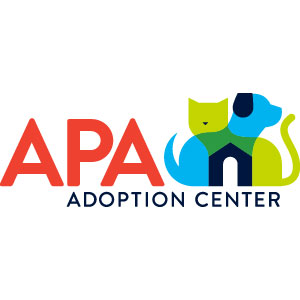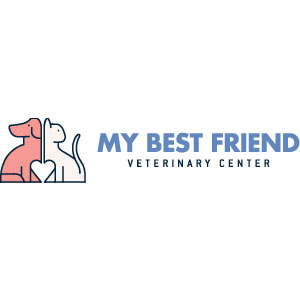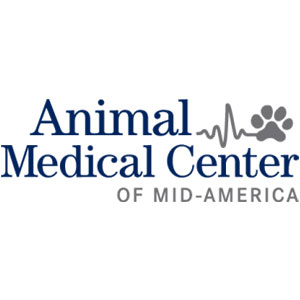Find Spay And Neuter Clinic in St. Louis, Missouri at Neuter Navigator
Understanding Spay and Neuter in St. Louis, Missouri
The Importance Of Spaying/Neutering
Health And Behavioral Benefits
Population Control
The Spay/Neuter Landscape In St. Louis
In St. Louis, several initiatives have aimed at promoting spaying and neutering. This has had a ripple effect of bringing about a general awareness of the importance of spaying and neutering in the community. It has also led to more clinics offering these services, increasing their accessibility.
Risks And Aftercare Of Spaying/Neutering
- Limit your pet’s activity level for the first few days after the procedure.
- Ensure the pet does not irritate the incision site. Pet cones can be instrumental in this.
- Check daily for any signs of infection or complications.
- Stick to the feeding plan advised by the vet.
Spaying/Neutering Specifics For Cats and Dogs
- Cat Spaying And Neutering: Ideally, female cats should be spayed before they reach five months to prevent the first heat’s occurrence, while males can be neutered around the same age.
- Dog Spaying And Neutering: The timing for spaying or neutering dogs can differ significantly depending on the breed and size of the dog. Vets usually provide solid advice on the optimum age for the procedure. For both cats and dogs, pre-spay/neuter and post-spay/neuter care is paramount for a smooth recovery and preventing complications.
Top 4 Spay And Neuter Clinics in St. Louis
Finding a reliable spay and neuter clinic is crucial for responsible pet ownership. The following are four top-rated clinics in St. Louis known for their excellent services, experienced staff, and dedication to animal welfare.
The APA Adoption Center is renowned for its comprehensive animal care services, including spaying and neutering. The center focuses on reducing the number of homeless pets by making spay and neuter procedures accessible and affordable.
- (314) 645-4610
- 1705 S. Hanley Road, St. Louis, MO 63144
- apamo.org
- Spaying and neutering
- Vaccinations
- Microchipping
- Pet adoption
My Best Friend Veterinary Center is a trusted name in the community, known for its warm and caring approach towards pet health. Their skilled veterinarians offer high-quality spaying and neutering services as part of their comprehensive veterinary care.
- (314) 582-2910
- 9350 Olive Boulevard, Saint Louis, MO 63132
- mybestfriendvet.com
- Spaying and neutering
- General wellness exams
- Diagnostic services
- Vaccinations
Carol House Quick Fix Pet Clinic is dedicated to providing affordable spay and neuter services. Their mission is to reduce pet overpopulation in the St. Louis area by offering low-cost procedures without compromising on quality.
- (314) 771-7387
- 1218 S. Jefferson, St. Louis, Missouri 63104
- stlspayneuter.org
- Low-cost spaying and neutering
- Vaccinations
- Microchipping
- Pet wellness checks
The Animal Medical Center of Mid-America is a full-service veterinary clinic offering top-notch spaying and neutering services. With a team of experienced veterinarians and state-of-the-art facilities, they ensure that each procedure is performed with the utmost care.
- (314) 951-1534
- 1201 Macklind Avenue, St. Louis, MO 63110
- amcma.org
- Spaying and neutering
- Comprehensive veterinary care
- Diagnostic imaging
- Emergency care
The Takeaway
To sum up, spaying or neutering your pet in St. Louis, Missouri, is not just an individual act of responsible pet ownership. It’s also a contribution to the community – a step toward improved health for your pet and much-needed population control of homeless animals in the city.











